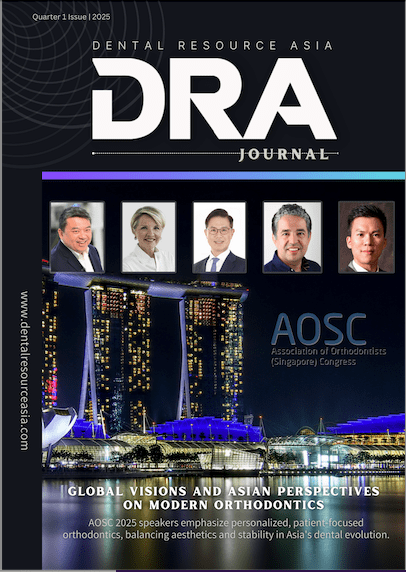New Research Highlights Alternative Approaches to Infection Management
A recent article published in Perio-Implant Advisory by Dr. Scott Froum examines the evolving landscape of post-dental surgery infection management, comparing traditional antibiotic treatments with probiotic alternatives. The analysis provides dental professionals with insights into both treatment approaches, their mechanisms, and their respective roles in patient care.
Understanding the Mechanisms
According to the report, while antibiotics remain the conventional choice for treating post-surgical infections, probiotics are gaining attention as a complementary or alternative option. These beneficial microorganisms work through multiple pathways, including adhesion to oral surfaces, immune system modulation, and competitive exclusion of harmful bacteria.
Comparing Treatment Impacts
The analysis reveals distinct differences between these approaches. While antibiotics effectively target infection-causing bacteria, they can disrupt the oral microbiota and potentially lead to resistance issues. In contrast, probiotics support microbial balance with minimal side effects, though their action may be more gradual.
Clinical Decision-Making Considerations
The report emphasizes that treatment choices should be based on several key factors. For severe infections requiring immediate intervention, antibiotics remain the primary choice. However, the article suggests that probiotics may be particularly beneficial for patients with antibiotic resistance history or those seeking long-term oral health benefits.
Research-Backed Evidence
Recent studies have demonstrated promising results for probiotic applications in dental care. As noted in the article, probiotics have shown effectiveness in “reducing plaque and gingival inflammation” and “improving clinical outcomes in peri-implantitis cases.”
Future Implications
The report suggests that combining both treatment approaches may offer optimal outcomes in certain cases. This dual approach could help mitigate antibiotic side effects while maintaining the benefits of both treatments, particularly in cases where immediate infection control is necessary alongside long-term oral health management.
By presenting both traditional and emerging treatment options, the analysis provides dental professionals with a comprehensive framework for making informed decisions about post-surgical infection management, taking into account both immediate treatment needs and long-term patient health outcomes.
The information and viewpoints presented in the above news piece or article do not necessarily reflect the official stance or policy of Dental Resource Asia or the DRA Journal. While we strive to ensure the accuracy of our content, Dental Resource Asia (DRA) or DRA Journal cannot guarantee the constant correctness, comprehensiveness, or timeliness of all the information contained within this website or journal.
Please be aware that all product details, product specifications, and data on this website or journal may be modified without prior notice in order to enhance reliability, functionality, design, or for other reasons.
The content contributed by our bloggers or authors represents their personal opinions and is not intended to defame or discredit any religion, ethnic group, club, organisation, company, individual, or any entity or individual.

